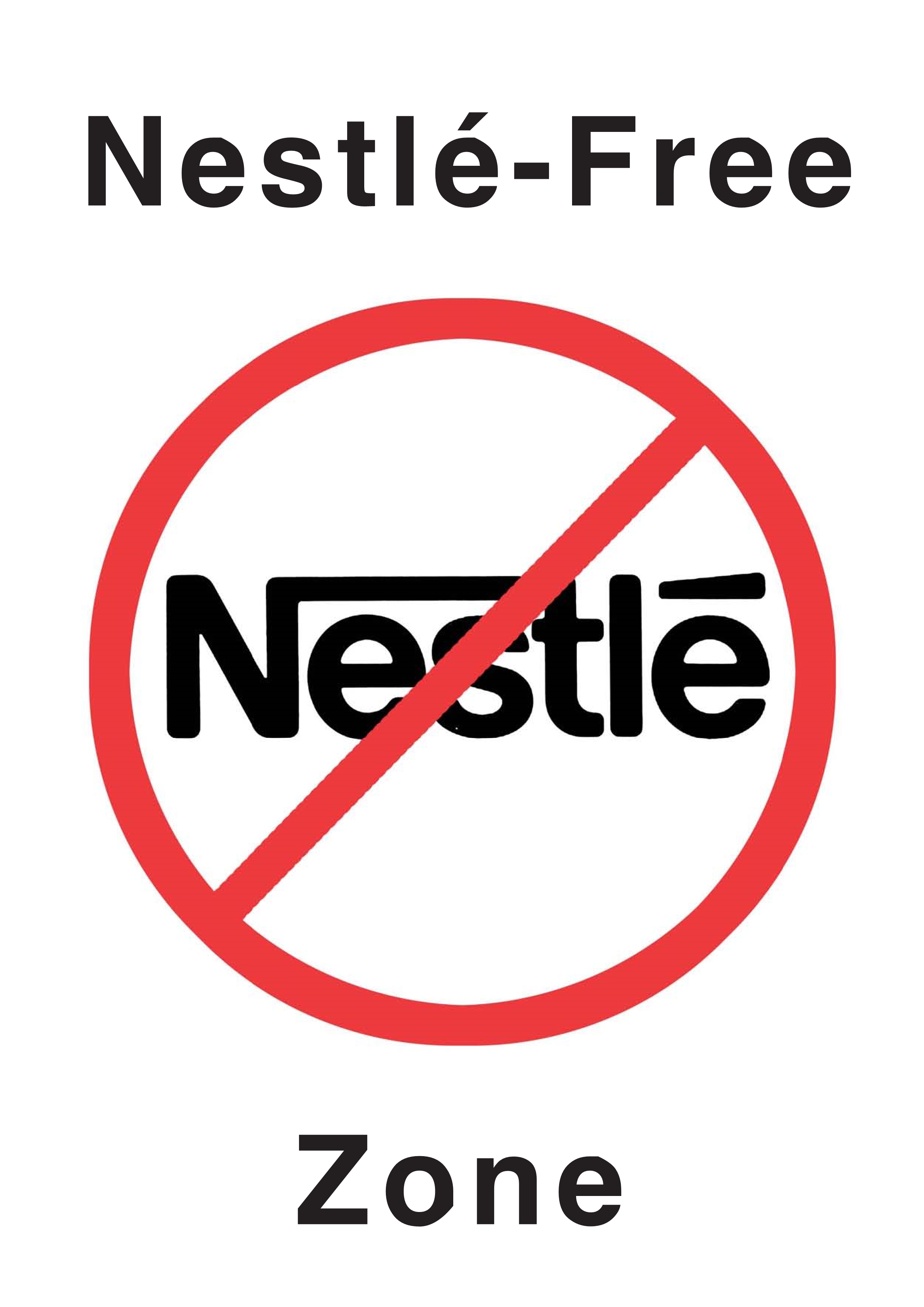International Breastfeeding Journal
Women with COVID-19 experienced numerous concerns and doubts about the safety of breastfeeding their babies, and lack of support may have impacted breastfeeding practices. This study aims to compare breastfeed...
The challenging combination of breastfeeding and work is one of the main reasons for early breastfeeding cessation. Although the availability of a lactation room (defined as a private space designated for milk...
Human milk composition varies over time within an individual mother as well as between lactating mothers due to several factors including maternal health, diet, and nutritional status. Therefore, improving nut...
The pharmacoepidemiology of the long-term benefits and harms of medicines in pregnancy and breastfeeding has received little attention. The impact of maternal medicines on children is increasingly recognised a...
Enhancing timely breastfeeding initiation within the first hour postpartum is a goal the WHO’s Early Essential Newborn Care (EENC) and Baby-friendly Hospital Initiative (BFHI) aim to achieve globally. However,...
The rate of autism spectrum disorder (ASD) has been rising worldwide, and therefore it is important to identify potential causes of ASD to facilitate early prevention. This study examined the role of breastfee...
Skin-to-skin contact and breastfeeding initiation within the first hour after birth are key recommendations to promote breastfeeding. In Mexico, the National Survey of Demographic Dynamics 2018, known by its S...
Hand-expression, collection, and storage of breast milk during pregnancy (i.e., antenatal milk expression or AME) is a safe, potentially effective practice to reduce early, undesired infant formula supplementa...
Both the consumption of breastmilk in infancy and a person’s season of birth influences his or her health, educational, professional, and behavioral outcomes. Further, season of birth effects differ by sex. Ho...
The percentage of infants receiving frozen human milk (HM) is increasing. The effects of thawing and warming on the secretory immunoglobulin A (SIgA) level and lysozyme activity in frozen HM should be investig...
The use of intrapartum interventions is becoming increasingly common globally. Interventions during birth, including caesarean section (CS), epidural analgesia and synthetic oxytocin infusion, can be important...
Current infant feeding support is often targeted at establishing breastfeeding in healthy term infants, or supporting lactation for preterm infants in the neonatal setting. Breastfeeding presents different cha...
It is unclear if state laws supporting breastfeeding are associated with exclusive breastfeeding (EBF) practice among low-income mothers participating in the Special Supplemental Nutrition Program for Women, I...
Emergencies have a great impact on infant and young child feeding. Despite the evidence, the recommended feeding practices are often not implemented in the emergency response, undermining infant and maternal h...
Mothers of preterm infants often perceive the infant as having problems with crying, sleeping and feeding, sometimes summarised as ‘state-regulation’. Breastfeeding rates are lower among preterm infants, and t...
Plugged milk duct during lactation is a common problem in breastfeeding. Traditional breast massage (TBM) has been performed in Thailand with reasonable outcomes, but several follow-up sessions are often requi...
The relationship between infant breastfeeding and type 1 diabetes mellitus (DM) is unclear but it has been suggested that there may be a link between many environmental factors, including dietary antigens affe...
The Ethiopian Demographic and Health Survey 2019 shows that 59% of children are exclusively breastfed for the first 6 months of life, then the rate decreases sharply with age. Nearly half of the Ethiopian labo...
In the past 10–15 years, there has been increased concern about ankyloglossia and its effect on infant breastfeeding. This has been associated with increased performance of frenotomy. Physicians and other heal...
In the past decade, various breastfeeding policies were implemented in Hong Kong, including changes in perinatal guidelines in public hospitals, adoption of the Baby-Friendly Hospital Initiative (BFHI), provis...
Most Recent Articles: International Breastfeeding Journal
SubscribeFeliratkozás a következőre: International Breastfeeding Journal hírcsatorna

